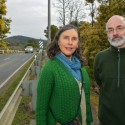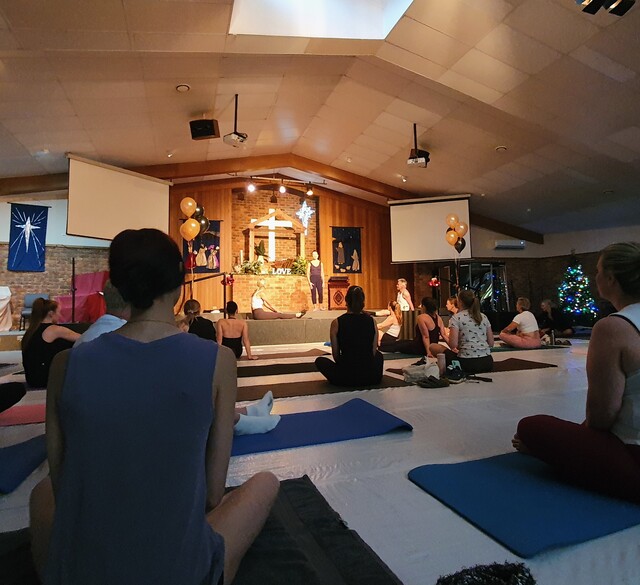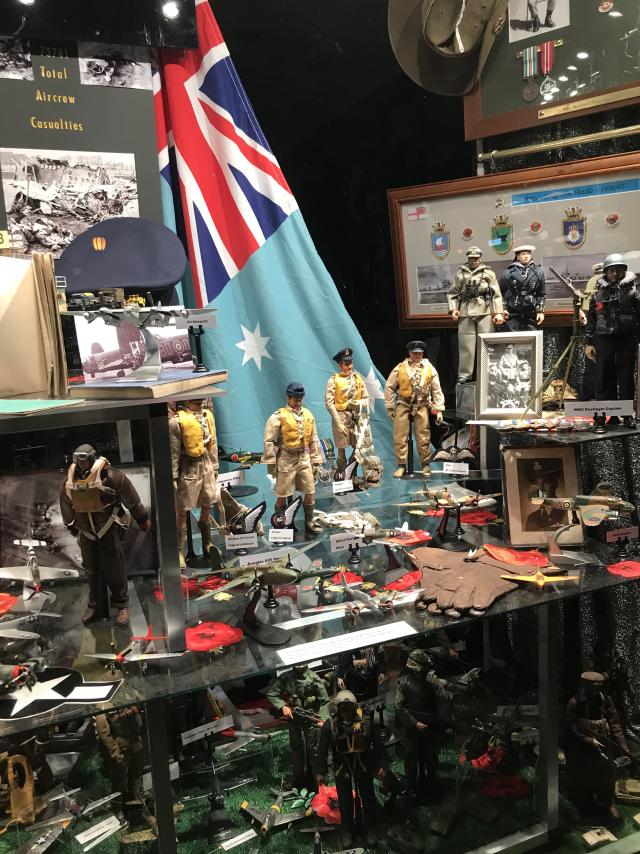By JESSE GRAHAM
A HEALESVILLE resident is calling for more wildlife warning signs, after a number of wombats were found to have been hit by cars near the Healesville Racecourse.
Elizabeth Stevenson-Ryan has called on Yarra Ranges Council and VicRoads to install wildlife warning signs along Healesville-Kinglake Road, after a number of animals were hit and killed on the stretch of road near the Healesville Racecourse and the turn-off to Yarra Glen.
Ms Stevenson-Ryan wrote a letter to both bodies in August, and said that on 1 and 6 August, a kangaroo and a wombat were hit by cars.
She wrote that Wildlife Crossing signs – which were not currently in the area near the racecourse – were “on the whole ignored”, and said she wanted to see new signs, recommending slower speeds after dark.
“I ask the council, in conjunction with VicRoads to follow the examples set by Tasmanian Councils and put up a ‘Slow after Dusk’ wildlife sign (with a recommended 40 or 50 km/h speed limit), not only at the Watts River but throughout the shire where native wildlife and road traffic have to co-exist,” Ms Stevenson-Ryan wrote.
The slower speed, she wrote, would not only mean drivers could see animals with more time to brake or avoid them, but could also reduce the potential for serious crashes and driver injury.
According to RACV statistics, released on 2 September, 14 animal collisions that resulted in insurance claims were recorded in Healesville in 2014.
Another 14 were recorded in Yarra Glen, while one was recorded in Chum Creek.
VicRoads’ Metro South East Director of Transport and Planning Con Stasinos agreed with Ms Stevenson-Ryan in that the roads in the Yarra Ranges presented “the added challenge of animals crossing the road, such as kangaroos, wombats and echidnas”.
“As Elizabeth pointed out in her letter, these roads are among wildlife sensitive areas, which form part of the beauty of travelling in the Yarra Ranges,” he said.
“We work with the relevant environment and wildlife government departments to determine where wildlife and other animal crossing signs need to be installed, or other infrastructure such as underpasses.”
Mr Stasinos reminded road users to take “extra care” when driving in the area, and to not take wildlife signs for granted.
He noted that Slow after Dusk signs were not used in Victoria, but welcomed Ms Stevenson-Ryan’s feedback and said it would be noted for future initiatives.
The Mail contacted Yarra Ranges Council on 26 August about the matter. Despite repeated requests for comment, no response has been received.







